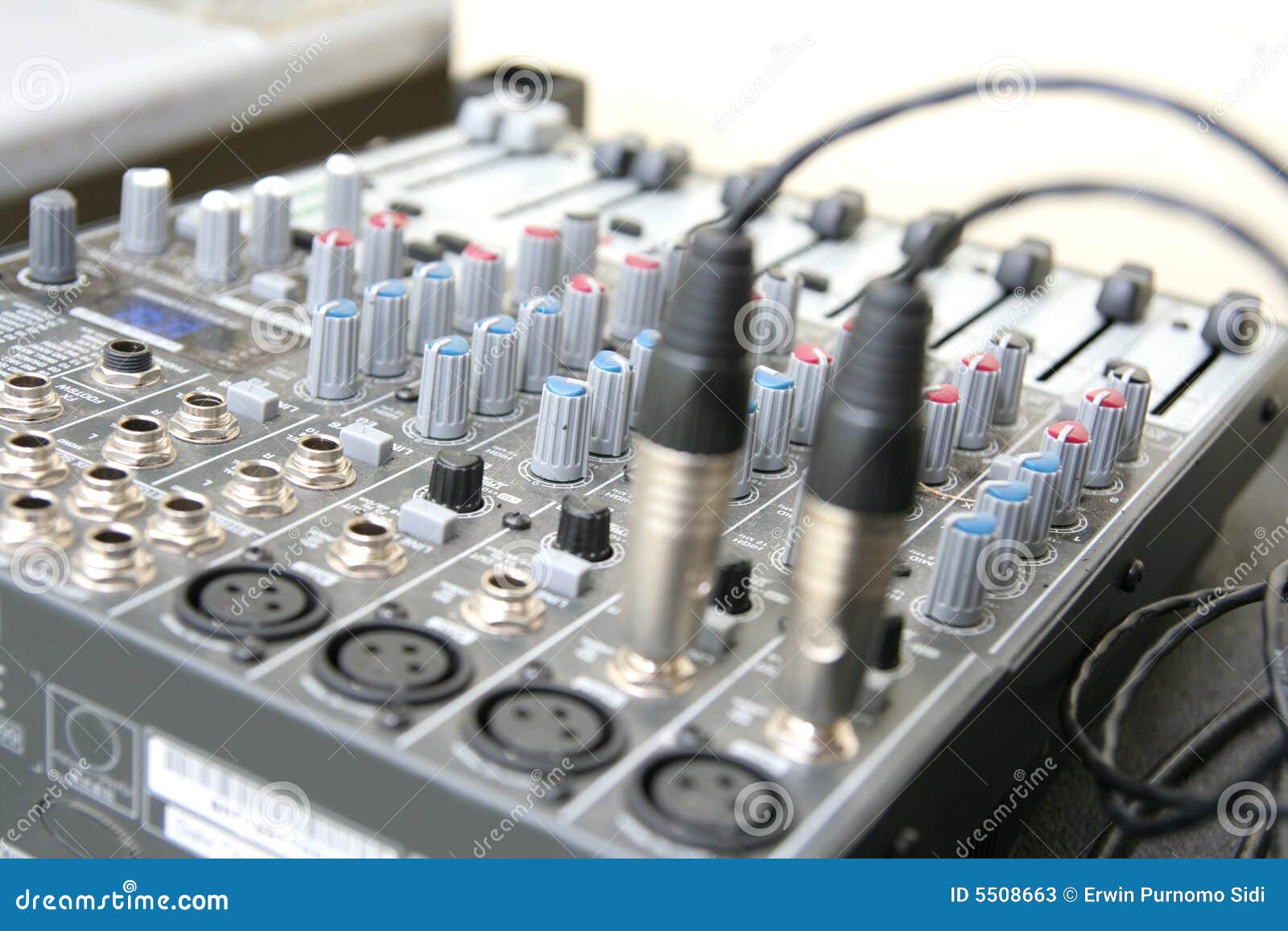

Essential to the new learning spaces were the new desks, chairs, and TEAL furnishings: “When I hear the word adaptable, words like interchangeable and reconfigurable come to mind. Varied lighting schemes mix pendants, recessed fixtures, and focal points.

Curves, colors, and figurative motifs were applied to formerly bland surfaces, with new nooks for study alone or collaborative work. “The shapes all pair together, and 140 classrooms in this district, and there's no two that are the same,” says Stubbs. 5 Some of the changes included using a flipped classroom, defined as putting the onus on the student to learn concepts first, such as through homework, and then to hone their knowledge in the classroom-the opposite of a traditional model.įor the Clarke County schools, the new designs introduced opening glass walls, flip-top tables and stacking desks on casters, adaptable storage modules, moveable soft furnishings, and low partitions, among other innovations. The schools were interested in supporting both collaborative project-based learning as well as problem-based learning, which “simultaneously develops both problem-solving strategies and disciplinary knowledge bases and placing students in the active role of problem-solver confronted with an ill-structured problem that mirrors real-world problems,” according to the researchers Finkle and Torp.



 0 kommentar(er)
0 kommentar(er)
